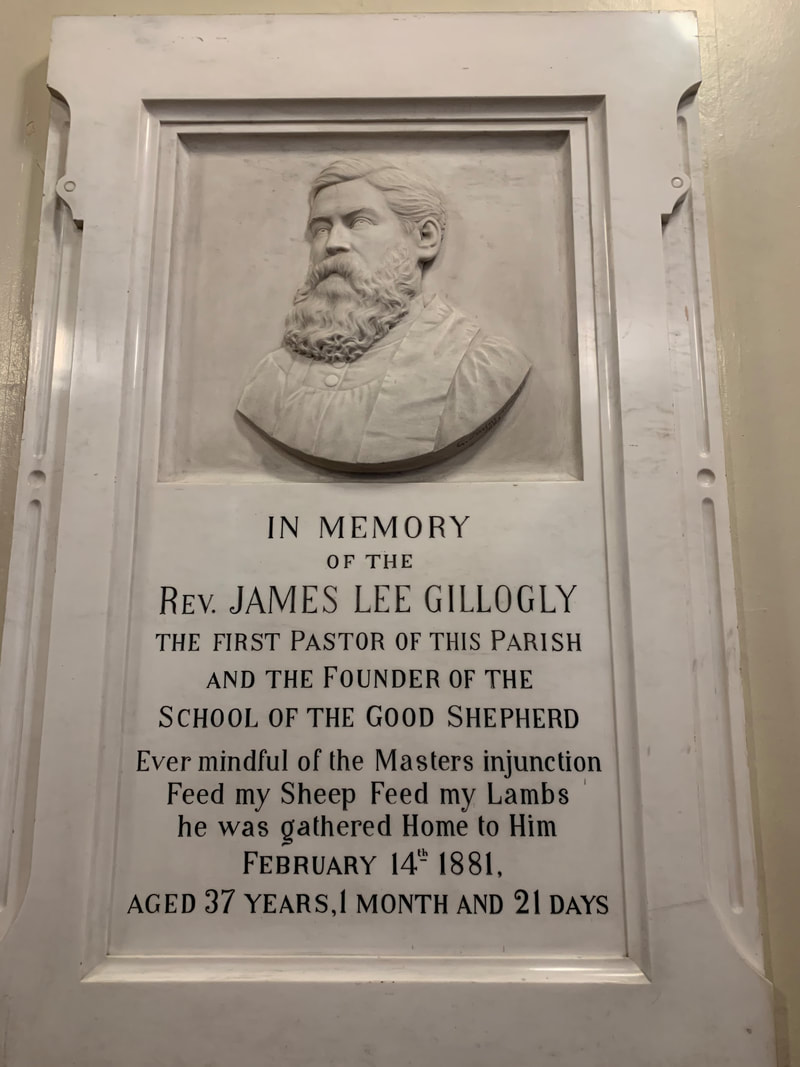A Brief History
150 Years of Good ShepherdRaise the Roof!At left: Plaque remembering the Rev. James Gillogly, first priest of Episcopal Church of the Good Shepherd, in the Memorial Chapel.
|
Our missionTo spread the love and hope Jesus offers to all who yearn to be welcomed home to the family of God through worship and fellowship.
Our vision
To help people find God’s love, grow their faith, discover their purpose, and improve the lives of those in our church and community.
|
|

